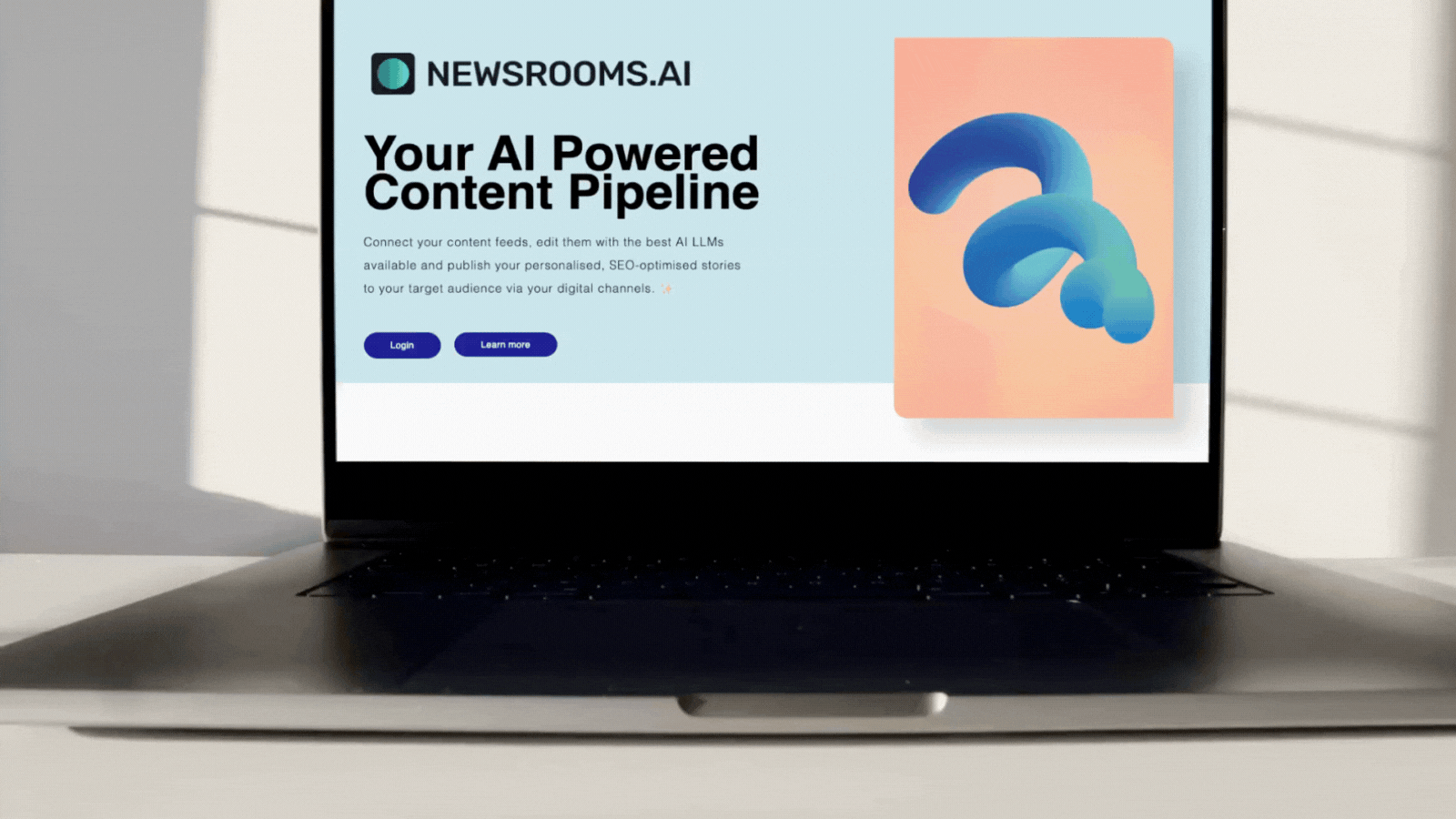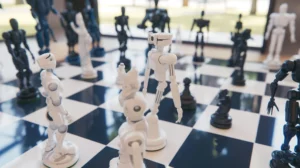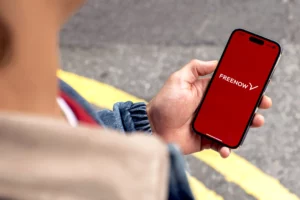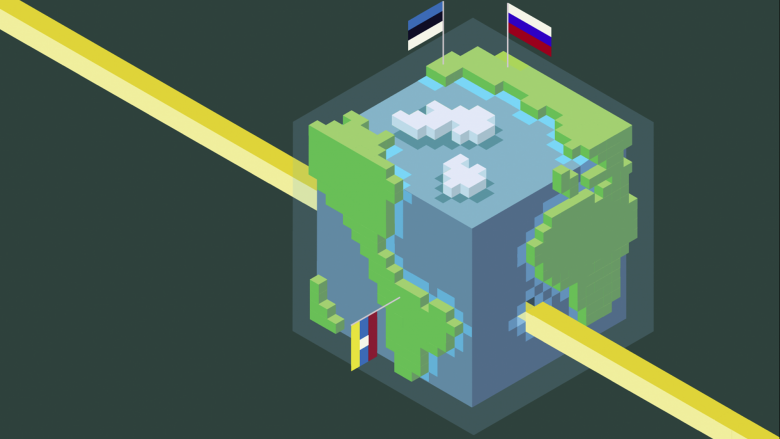OpenAI Launches o3-mini, its Cheapest But Most Dangerous AI Model to Date
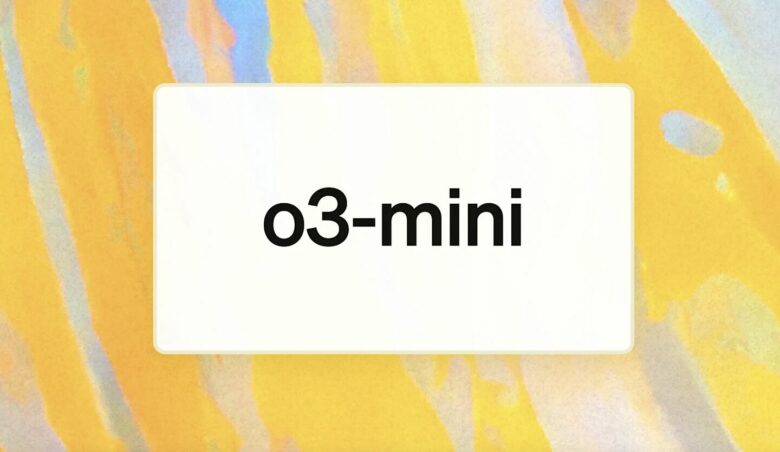
In a week where a single young AI company from China has turned the entire AI world upside down, OpenAI couldn’t stay silent. While Anthropic CEO Dario Amodei found clear words about DeepSeek’s facts and development costs, the most valuable and well-known AI startup is now following suit.
New Model Features
The new AI model o3-mini is designed to solve tasks in science, mathematics, and coding – and it’s meant to be particularly cost-effective. It replaces the previous o1-mini and is now available to ChatGPT Plus, Team, and Pro users. For the first time, free users can also try OpenAI o3-mini by selecting “Reason” in the Message Composer or regenerating a response.
Pricing Strategy
OpenAI has dramatically reduced pricing compared to its previously strongest AI models:
| Provider | Model | US-Cents pro 1M Token Input | US-Cents pro 1M Token Output |
| DeepSeek | DeepSeek-R1 | 14 | 219 |
| OpenAI | o3-mini | 110 | 440 |
| OpenAI | GPT-4o | 250 | 1000 |
| OpenAI | o1-mini | 300 | 1200 |
| OpenAI | o1-preview | 1500 | 6000 |
| Anthropic | Claude 3.5 Sonnet | 300 | 1500 |
| Anthropic | Claude 3 Opus | 1500 | 7500 |
| Gemini 1.5 Pro | 125 | 500 | |
| Amazon | Nova Pro | 80 | 320 |
| xAI | Grok | 500 | 1500 |
| Mistral AI | Large | 200 | 600 |
Key Features of o3-mini
- Function Calling, Structured Outputs, Developer Messages support
- Three reasoning levels (low, medium, high)
- 24% faster response times (7.7 vs. 10.16 seconds)
- Immediate access for ChatGPT Plus, Team, and Pro users
- Enterprise access after one week
- First-time availability for free users
- Increased rate limit: 150 instead of 50 messages per day
- Performance equivalent to o1 at medium reasoning level
- 39% fewer severe errors
- “Deliberative alignment” for safer responses
- Outperforms GPT-4o in safety and jailbreak tests
Safety Concerns
The major downside of OpenAI o3-mini is its increased risk level compared to previous models. The safety risk has been set to “Medium” in three out of four areas: persuasion, autonomy, and chemical, biological, radiological, and nuclear substances (CBRN substances):

This is significant because OpenAI is already at the limit of what’s possible according to their rules. Only models with a post-mitigation score of “medium” or lower can be deployed, and only models with a post-mitigation rating of “high” or lower can be further developed. OpenAI is approaching a point where they might not be able to develop or release new AI models.







